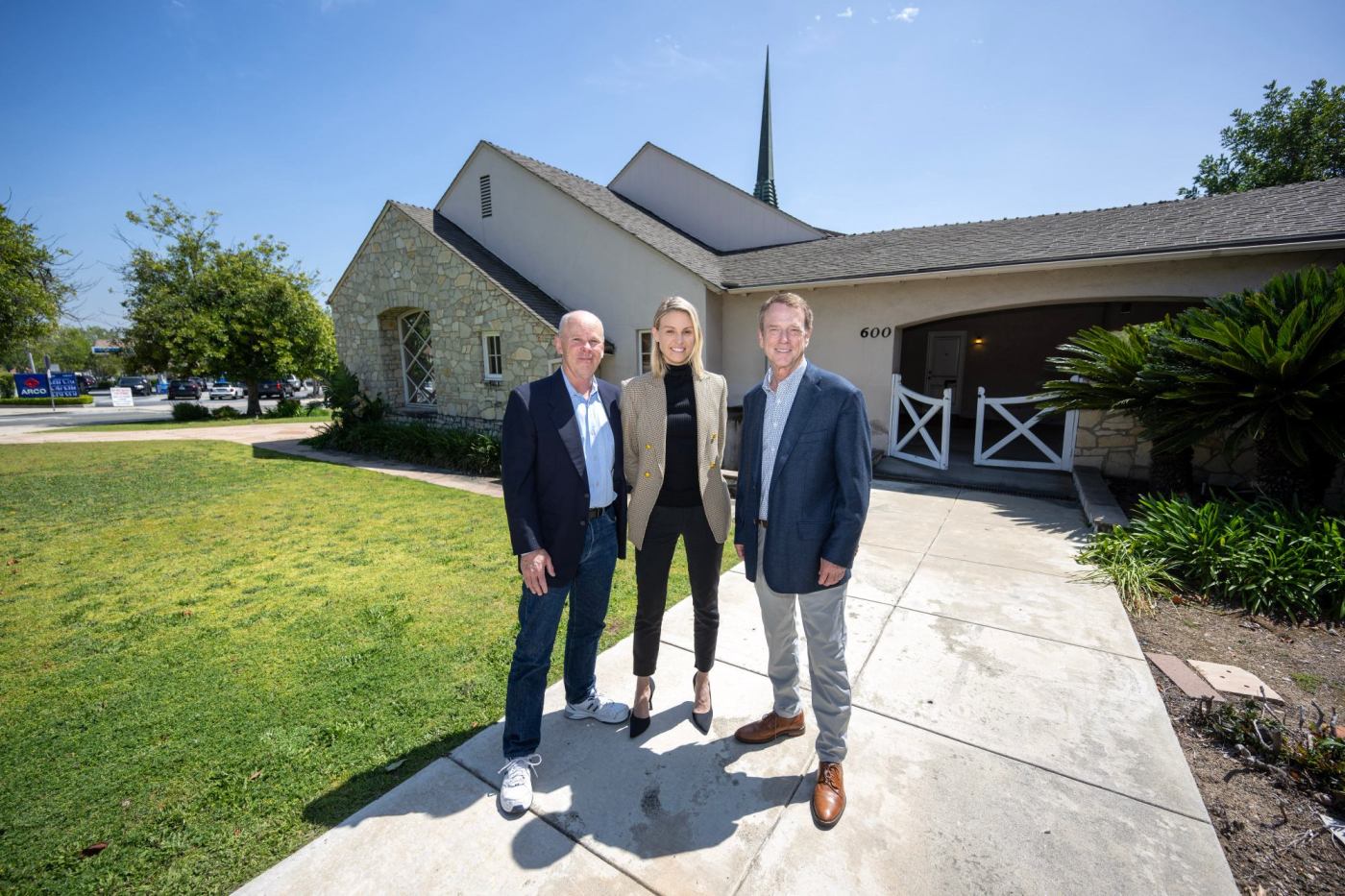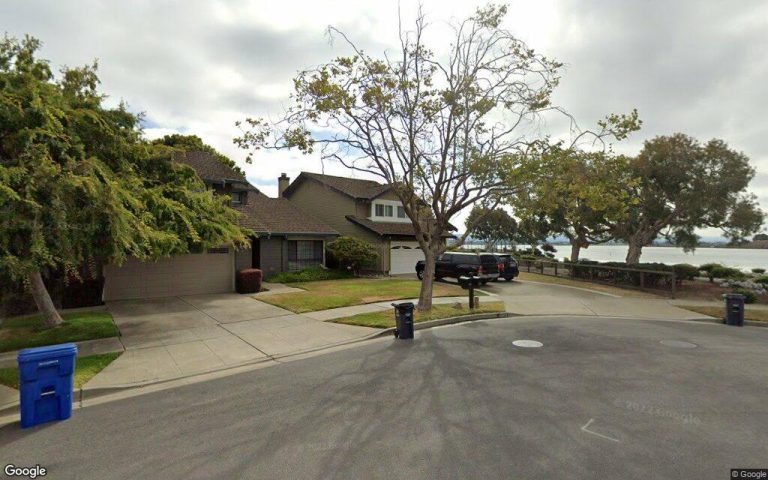A year-long tug-of-war between California cities and developers over the state’s anarchic “builder’s remedy” law is starting to make its way to the courts as litigants spar over the intricacies of the 34-year-old pro-housing provision.
And if three recent Los Angeles County court rulings are any indication, developers appear likely to come out on top of the building-and-zoning tussle.
In two of the three cases, judges sided with the builders. And in the third, the judge issued a split decision, finding that cities must comply with the builder’s remedy, but that the provision doesn’t apply to projects in California’s protected “Coastal Zone.”
Related Articles
Big San Jose apartment project lands key piece of real estate funding
Cupertino hits home run with Housing Element
It’s not just skyscrapers and high-density — ‘builder’s remedy’ is also bringing more urban sprawl
California Forever study outlines Solano County’s economic gap
Construction of fraud-tied San Jose condominiums is nearly complete: court records
Although the law has been on the books since 1990, opportunities to exploit the provision — which casts zoning rules aside in cities without state-approved housing plans —only became feasible for the first time in the past few years.
As a result, a groundswell of builder’s remedy applications hit dozens of cities in Southern California and the Bay Area over the past 1 ½ years, often with proposals for towering apartment complexes in the midst of lower-density neighborhoods.
Some cities are accommodating these applications, housing advocates say. Others, like Santa Monica, are reaching settlements to expedite approvals for scaled-down plans.
But in a at least a fourth of the cases, cities are dragging their feet, one housing advocate said.
Those include the cities of La Cañada Flintridge and Los Angeles, which argued in the recent court cases that their housing plans complied with state law before the state certified them (and therefore, before builder’s remedy applications were filed). But developers say it also includes cities like Orange and Beverly Hills, where developers are facing city denials.
“Most of the time, they’re putting up some kind of roadblock. And the most common kind of roadblock is basically pretending that the builder’s remedy doesn’t apply,” said Sonja Trauss, executive director of the pro-housing group, YIMBY Law.
“Most of these cities are completely intransigent,” added Alexander DeGood, a Los Angeles attorney with Cox Castle & Nicholson, which represents developers in about 10 builders remedy cases. “They resolutely do not want to give up any local control.”
A golden opportunity
At issue is a 1990 state law allowing housing projects that don’t comply with local zoning in cities and counties without a state-certified housing plan, or “housing element.” To qualify, the developments must reserve a fifth of their units for low-income families and be consistent with environmental laws.
See also: Builder’s remedy was supposed to ‘Manhattanize’ the Bay Area. So where are all the houses?
Dozens of municipalities failed to meet 2022-23 deadlines to have their housing plans approved amid stepped-up requirements and a doubling or tripling of state-mandated homebuilding goals.
Just eight of Southern California’s 197 cities and counties met their February 2022 deadline to have approved housing plans. As of this month, 58 jurisdictions in Southern California and 35 in the Bay Area still lacked state-approved plans.
That backlog of unapproved plans created a golden opportunity for developers to pitch projects that cities otherwise wouldn’t approve.
“We think that the law is clear. Everybody with a builder’s remedy application thinks the law is clear,” said John Stanek, a partner at Integral Communities, which filed an application to build 209 townhomes and ADUs at the Village at Orange mall. “If the city didn’t have an approved housing element at the time of your application, then the builder’s remedy application eliminates the need for a zone change.”
See also: It’s not just skyscrapers and high-density — ‘builder’s remedy’ is also bringing more urban sprawl
Cities and their lobbyists beg to differ, saying the law is far from clear. One real estate attorney called it “a little bit of the Wild West out there.”
For example, the law doesn’t specify the process for approvals.
Cities also disputed what it means for a housing plan to be in “substantial compliance” — and when compliance is reached. Are plans in compliance when cities adopt them or when the state issues a formal notice certifying compliance?
“I think there’s just a lot of disagreement on when the builder’s remedy is actually triggered and what that actually means,” said Jason Rhine, director of legislative affairs for the League of California Cities. “The law hasn’t been used a whole lot until recent years. … It’s untested, and it’s really unclear what those limitations are.”
Court rulings
More than 154 builders’ remedy applications seek to build tens of thousands of homes in 49 California cities, YIMBY Law calculates. That includes 53 such projects in 19 Southern California cities.
At least eight of those projects are the subject of current lawsuits, CalMatters reported.
The three L.A. County Superior Court rulings are the first to emerge from litigation involving three stalled Southern California developments. Under the decisions:
— Feb. 8: A judge denied a writ of mandate compelling the city of Redondo Beach to process an application to build 35 housing units at the former SEA Lab aquarium at 1021 N Harbor Dr., finding that the project needed to comply with the California Coastal Act to qualify for the builder’s remedy.
But the judge also rejected Redondo Beach’s claim that its housing plan was in substantial compliance with state law at the time the “Ten21” application was filed. Housing plans are not in compliance until the state housing department issues a letter saying it is, the judge ruled.
— March 4: A judge ordered the city of La Cañada Flintridge to set aside its 2023 finding that a proposed 80-unit apartment project at 600 Foothill Blvd. didn’t qualify for the builder’s remedy. The judge ordered the city to begin processing the application.
The developer’s lawsuit was joined by the nonprofit California Housing Defense Fund and the state attorney general’s office.
“We are pleased that the court agrees with us that La Cañada Flintridge must follow state housing laws,” California Attorney General Rob Bonta said in a statement.
— March 5: A judge dismissed the city of Los Angeles’ motion to kill a lawsuit by developers Akhilesh and Janet Jha, saying their project at 13916 Polk St. in Sylmar did indeed qualify for the builder’s remedy.
Akhilesh Jha filed an application to erect a 40-unit apartment building on the site just five days before the state housing department certified L.A.’s housing plan, thus qualifying for the builder’s remedy. But the city argued its plan was substantially compliant well before Jha’s application was filed since the state eventually approved it.
The judge ruled that a city can’t “self-certify” or “backdate its housing element compliance to circumvent the builder’s remedy.”
“The message is unmistakable,” said UC Davis law Professor Christopher Elmendorf. “Cities will not receive judicial deference on their claims that their housing element complies with state law when (the state housing department) has said it does not. And cities’ refusal to process a builder’s remedy application counts as a ‘disapproval’ — which means that a developer can go to court … and make the city reimburse the developer for their legal expenses.”
Jha said he felt “100%” vindicated in his fight against L.A. City Hall.
“I’ve always felt in the heart of my heart that’s how (the law) should have been read,” Jha said. “But the city wants to have it both ways. When you miss a deadline from the city, then the city will bring the hammer; they will reject your application. But if they miss a deadline, ‘Oh,’ (they say), ‘I’m the city. What can you do against me?’ ”
Orange County cases
Despite differences over the law, Orange County cities have yet to see any lawsuits.
Integral Communities disputes the city of Orange’s claim it needs a zone change and general plan amendment for it’s builder’s remedy application. But the company still hopes “to sit down with them and figure it out” without litigation, said Stanek, one of the partners.
“I’m not saying we won’t fight. (But) we don’t want to,” Stanek said.
On the other hand, Stonefield Development is willing to seek new zoning for its 138-unit apartment project at Santiago Creek just north of Chapman Avenue, said the company’s attorney, Allan Abshez.
“But our position is the city can’t deny the project because we qualify for builder’s remedy,” Abshez said.
In La Habra, the city accepted Lennar’s builder’s remedy plan for a 530-home development on the Westridge golf course, city records show. But the city still believes the homebuilder must go through a costly review under the California Environmental Quality Act.
Too early
While the courts are just starting to sort out this legal tug-of-war, two proposed bills in Sacramento seek to clarify and rein in the builder’s remedy.
One bill, by Assemblymember David Alvarez (D-San Diego), codifies the rule that city plans aren’t complete until the state housing department certifies them as complete. The other bill, by Assemblymember Buffy Wicks (D-Oakland), sets limits on where and how much developers can build under the provision.
Land-use attorneys say it’s too soon to infer how these lawsuits will turn out eventually.
In the three L.A. County cases, there’s ongoing litigation. The trial court orders also are likely to be appealed, and until there’s a published appellate decision, the rulings don’t apply statewide.
Still, these three cases may have implications for other applicants.
Dave Rand, a land-use attorney representing various builder’s remedy applications in Santa Monica and Beverly Hills, said the La Cañada Flintridge decision could impact his client, developer Leo Pustilnikov, who is seeking to build a 165-unit apartment tower and boutique hotel in Beverly Hills.
“Our legal position was substantially strengthened when (the La Cañada Flintridge) decision came down. … It’s an almost identical situation,” Rand said. “I think cities are starting to realize that this is not a fiction, that there’s real teeth to this that’s rooted in law.”
Rand conceded that no city is “wildly enthusiastic” about getting a builder’s remedy application.
“By definition, there’s no relationship to their land use regulations — regulations that they’ve likely spent a lot of time and effort working to put in place,” he said.
Despite the court rulings, Rhine, the league of cities legislative director, believes cities still should be able to self-certify their housing elements before getting the state housing department’s stamp of approval.
“I think it’s appropriate for cities to have a genuine disagreement with the interpretations of the law, and that’s why we have the court system,” Rhine said.












